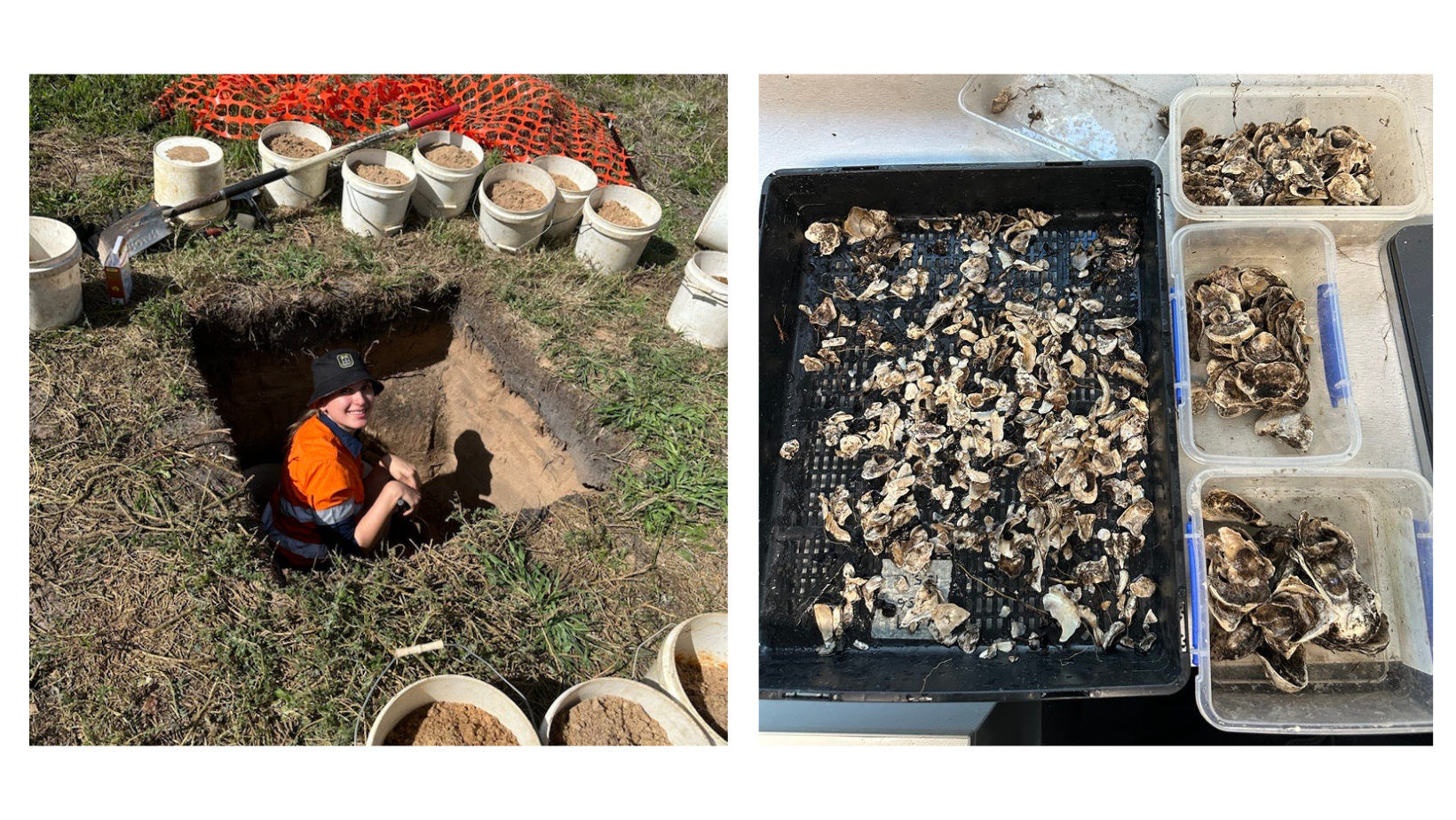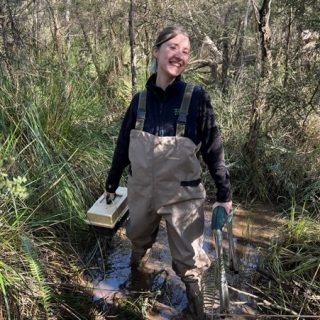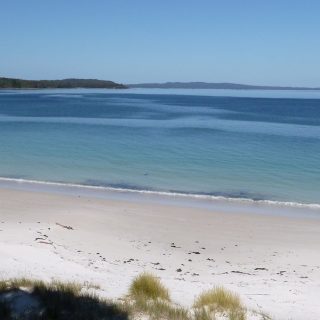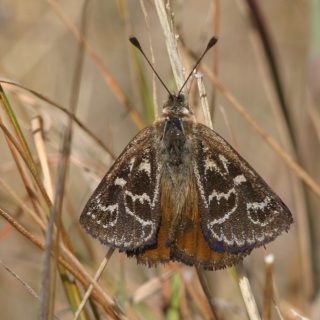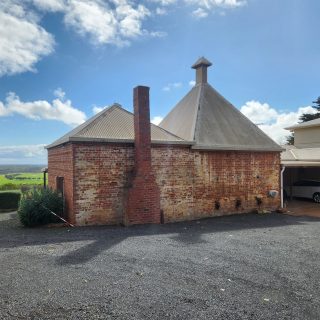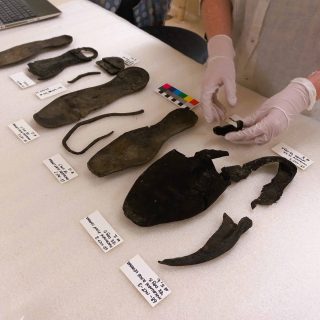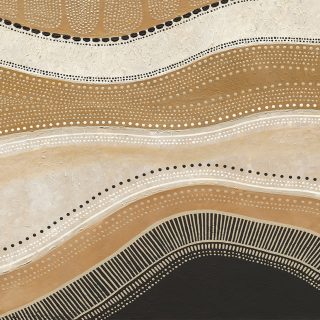Consultant Spotlight: Midden Heritage Specialist Crystal Garabedian
Invertebrate zooarcheaology is a specialist subfield of archaeology that focuses on the analysis and interpretation of invertebrate animals, such as molluscs and crustaceans without backbones, and their role in human history.
We recently sat down with Heritage Consultant Crystal Garabedian our expert on marine invertebrates and coastal middens to discuss their significance in Aboriginal cultural heritage assessments.
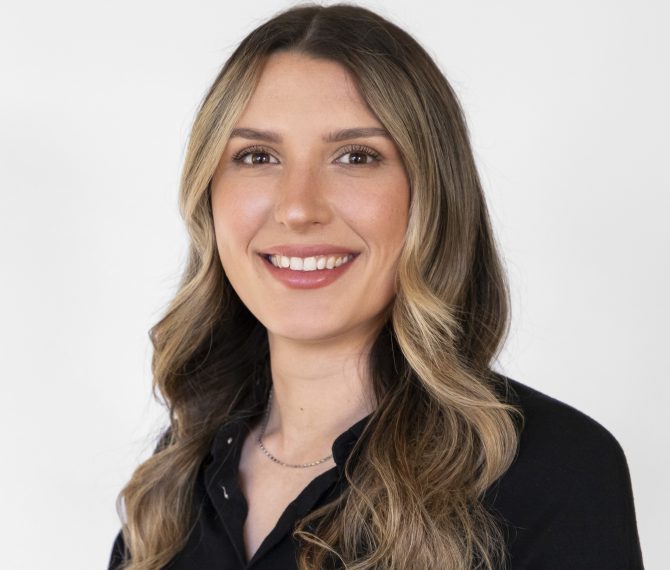
How did your interest in invertebrate zooarchaeology and middens evolve?
For as long as I can remember, I have had an affinity to the Australian coast. In my first year of university, I decided to combine my degree with archaeology.
I found myself gravitating towards the midden assemblages (middens are often shell deposits left by Aboriginal peoples as they gathered and ate shellfish from coastal and riverine areas) and research articles, and invertebrate zooarchaeology can sometimes be overlooked, the assemblages are often dominated by shells that at first glance seem ordinary. They’re so not.
Why are middens interesting?
People have not changed, we love to eat, and as it turns out, a lot of people loved seafood! At a fundamental level, middens can provide an understanding of diet composition. More broadly it informs human-environment interactions, culture and social structure, economies, questions about paleoenvironment ecology (ancient life) can be answered.
While we can’t answer everything in every report we write, having a background in this subdiscipline means I start with an informed approach to my excavation methodologies and analyses.
It also feels kind of awesome when someone points at a shell to be able to give the scientific name.
How do you work with Aboriginal parties to advise your work?
My connection to my own culture is very important to me, my family are Austrian and Armenian, and I know that’s the same for the Aboriginal people that I work with. Being able to hold or see something that your ancestor made is an incredibly powerful experience. With so much Aboriginal heritage having been taken or disrupted, I want to be able to give back even a small part of that meaningful connection through our work.
I can share my scientific knowledge, but I can’t speak for a culture that isn’t mine. The Registered Aboriginal Parties (RAPs) bring invaluable expertise and insight into their ancestors’ lives and traditions. I work closely with RAPs at every stage, listening, incorporating their advice, and ensuring that their perspectives guide our approach to an assessment.
I believe the best outcomes are achieved when there’s respect, communication, and genuine collaboration, and when scientific knowledge and cultural knowledge comes together to protect heritage, you will always get the best outcome.
How does Invertebrate Zooarchaeology play a role in cultural heritage assessments and when is your specialty required?
If you develop along the coast, as a lot of our clients do, at some point you will come across a midden. Middens can be sensitive sites, as Aboriginal people buried their deceased in and near them. It can be difficult to distinguish if your site is an in situ cultural midden (original deposits) , a redeposited cultural midden (disturbed) or just a natural shell bed (environmentally formed).
Do you have to obtain an Aboriginal Heritage Impact Permit if you discover a midden?
Yes, I am called onto a project when shell material is identified, and we need to access its cultural relevance. Additionally, in NSW there are requirements under the Code if you want to excavate you need to obtain an Aboriginal Heritage Impact Permit.
Have you ever marvelled at the differences in the health of our waterways and variety of seafood when excavating middens?
Yes, middens give us an incredible window into past environments and food practices. There’s a common misconception that middens are quite small, however, shell midden mounds can be bigger than a bus or larger, with many dominated by just a few shellfish species. This reflects how abundant and reliable those resources were at the time.
In some sites, the sheer volume of a single species shows that Aboriginal people could harvest from healthy waterways that were able to support such dense populations of shellfish. In other sites, middens have a wider mix of species, and this highlights the variety of shellfish that were once available and the adaptability of cultural practices.
By comparing patterns like this across space and time, we can see how the health of waterways, the abundance of species, and even people’s choices about what to eat shifted over thousands of years.
Have you come across multiple layers of middens, potentially a space used over and over, indicating long periods of Aboriginal settlement?
Yes, during an excavation, we uncovered a lens of shellfish at about 20cm deep, and as we continued, we discovered another lens at 65 cm. Both lenses were dated using radiocarbon analysis and the results indicated that these were two discrete occurrences. The best part was sharing the dates with the Registered Aboriginal Parties; everyone was excited because we don’t often get to date material.
For aspiring heritage consultants interested in specializing in shell artefacts, what advice would you give regarding skill development and career possibilities?
Get as much practical experience with invertebrate zooarchaeological assemblages as you can. Being able to identify and properly quantify shell is skill set that can get you far in Australian archaeology.
Also, learn from other disciplines including, ecology, geology and even economics. And if you want to know how to use invertebrate zooarchaeological remains in a way that informs beyond simple diet structures, learn about Human Behavioural Ecology.
